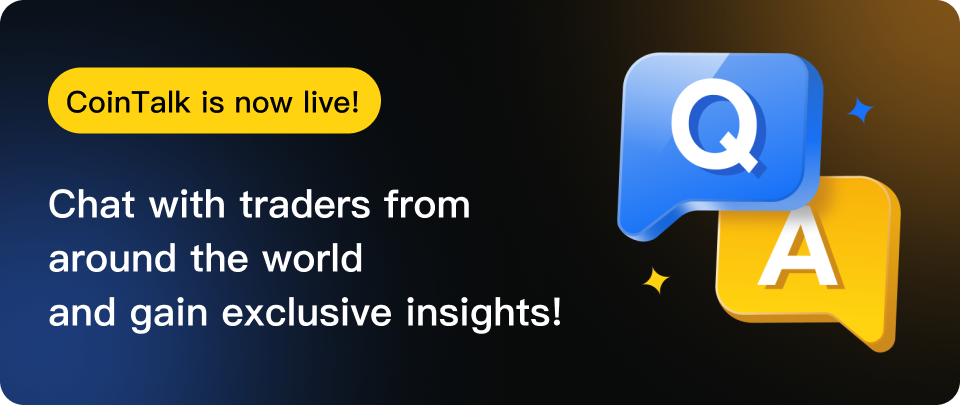What is the difference between maker fees and taker fees in the cryptocurrency industry?
Can you explain the distinction between maker fees and taker fees in the cryptocurrency industry? How do these fees affect traders and their trading strategies?

3 answers
- Maker fees and taker fees are two types of transaction fees commonly found in cryptocurrency exchanges. Maker fees are charged to traders who add liquidity to the order book by placing limit orders that are not immediately matched with existing orders. Taker fees, on the other hand, are charged to traders who remove liquidity from the order book by placing market orders or limit orders that are immediately matched with existing orders. The main difference between maker fees and taker fees lies in their impact on trading strategies. Traders who provide liquidity by placing limit orders and are charged maker fees are often referred to as market makers. They aim to profit from the spread between the bid and ask prices. On the other hand, traders who remove liquidity by placing market orders or immediate limit orders and are charged taker fees are often referred to as market takers. They aim to quickly execute their trades and are less concerned with the spread. In terms of fees, maker fees are usually lower than taker fees as an incentive for traders to provide liquidity to the market. Some exchanges even offer zero or negative maker fees to encourage market makers. Taker fees, on the other hand, are typically higher as they compensate for the immediate execution and the cost of matching orders. Overall, the distinction between maker fees and taker fees is important for traders to consider when formulating their trading strategies. Market makers may benefit from lower fees but need to be patient for their orders to be filled, while market takers may pay higher fees but can execute their trades quickly.
 Ashish Kumar MauryaJun 14, 2025 · 15 days ago
Ashish Kumar MauryaJun 14, 2025 · 15 days ago - Maker fees and taker fees are two different types of fees that traders encounter when trading cryptocurrencies. Maker fees are charged when a trader adds liquidity to the market by placing a limit order that is not immediately matched with an existing order. Taker fees, on the other hand, are charged when a trader removes liquidity from the market by placing a market order or a limit order that is immediately matched with an existing order. The difference between maker fees and taker fees is mainly in the timing of the order execution. Market makers, who place limit orders, have the advantage of potentially paying lower fees or even receiving rebates. They provide liquidity to the market and help maintain a healthy order book. On the other hand, market takers, who place market orders or immediate limit orders, pay higher fees as they are consuming liquidity from the order book. It's important for traders to consider the fees when formulating their trading strategies. Market makers may choose to place limit orders to take advantage of lower fees and potentially earn rebates. Market takers, on the other hand, may prioritize quick execution and are willing to pay higher fees for immediate order matching. Different exchanges may have different fee structures, so it's important for traders to understand the fee schedule of the specific exchange they are using. Some exchanges may offer discounted fees for high-volume traders or provide fee tiers based on trading volume.
 jezdic paladinsJul 28, 2020 · 5 years ago
jezdic paladinsJul 28, 2020 · 5 years ago - Maker fees and taker fees are terms commonly used in the cryptocurrency industry to describe the fees charged by exchanges for different types of trades. Maker fees are charged to traders who add liquidity to the market by placing limit orders that are not immediately matched. Taker fees, on the other hand, are charged to traders who remove liquidity from the market by placing market orders or limit orders that are immediately matched. The distinction between maker fees and taker fees is important for traders to understand as it can affect their trading strategies. Market makers, who place limit orders, are incentivized with lower fees or even rebates. They provide liquidity to the market and help create a more efficient order book. Market takers, on the other hand, pay higher fees as they are consuming liquidity from the order book and are looking for immediate execution. When choosing a trading strategy, traders need to consider their goals and preferences. Market makers may prioritize lower fees and are willing to wait for their orders to be filled. They aim to profit from the spread between the bid and ask prices. Market takers, on the other hand, prioritize quick execution and are willing to pay higher fees for immediate order matching. It's important to note that different exchanges may have different fee structures, so traders should familiarize themselves with the fee schedule of the specific exchange they are using. Additionally, some exchanges may offer fee discounts for high-volume traders or have fee tiers based on trading volume.
 Mr FirmanApr 18, 2023 · 2 years ago
Mr FirmanApr 18, 2023 · 2 years ago
Top Picks
How to Trade Options in Bitcoin ETFs as a Beginner?
1 3139Who Owns Microsoft in 2025?
2 194Crushon AI: The Only NSFW AI Image Generator That Feels Truly Real
0 187The Smart Homeowner’s Guide to Financing Renovations
0 172What Is Factoring Receivables and How Does It Work for Businesses?
1 066How to Score the Best Rental Car Deals: 10 Proven Tips to Save Big in 2025
0 060


Related Tags
Hot Questions
- 2716
How can college students earn passive income through cryptocurrency?
- 2644
What are the top strategies for maximizing profits with Metawin NFT in the crypto market?
- 2474
How does ajs one stop compare to other cryptocurrency management tools in terms of features and functionality?
- 1772
How can I mine satosh and maximize my profits?
- 1442
What is the mission of the best cryptocurrency exchange?
- 1348
What factors will influence the future success of Dogecoin in the digital currency space?
- 1284
What are the best cryptocurrencies to invest $500k in?
- 1184
What are the top cryptocurrencies that are influenced by immunity bio stock?
More

